Optimizing Pricing Strategies Using Price Sensitivity Meter for a Consumer Goods Company
BUSINESS NEED
A prominent beauty products company aimed to boost the profitability of its products by analyzing how various pricing strategies would affect consumer demand. They aimed to boost the profitability of its products by analyzing how various pricing strategies would affect consumer demand. Their goal was to find the optimal price points that maximize revenue while considering the target market size.
METHODOLOGY
The Analytics Arts team created a tailored survey for the company, targeting at various consumer demographics and used the Price Sensitivity Meter (PSM) to determine optimal pricing. The survey assessed consumer reactions to different price points, identifying prices that were considered too high, too low, a bargain, or acceptable. The data was analyzed using the Van Westendorp Price Sensitivity Meter to find the best price range for each product category, considering demographic and psychographic factors. Additionally, profit curves and price elasticity were estimated from the data.
OUTPUT
The Price Sensitivity Meter analysis provided key insights into consumer price perceptions, revealing that high-end skincare customers accept higher prices, seeing them as indicative of quality, while everyday beauty products have a narrower acceptable price range. Based on these findings, the company was advised to price premium products near the upper acceptable limit to emphasize quality and achieve higher margins, and to competitively price mass-market items to maintain volume and market share. This strategy led to increased customer satisfaction and profitability, as the company captured more value from less price-sensitive segments while keeping price-sensitive customers. The data-driven pricing adjustments strengthened the company’s market position and boosted overall profitability.




